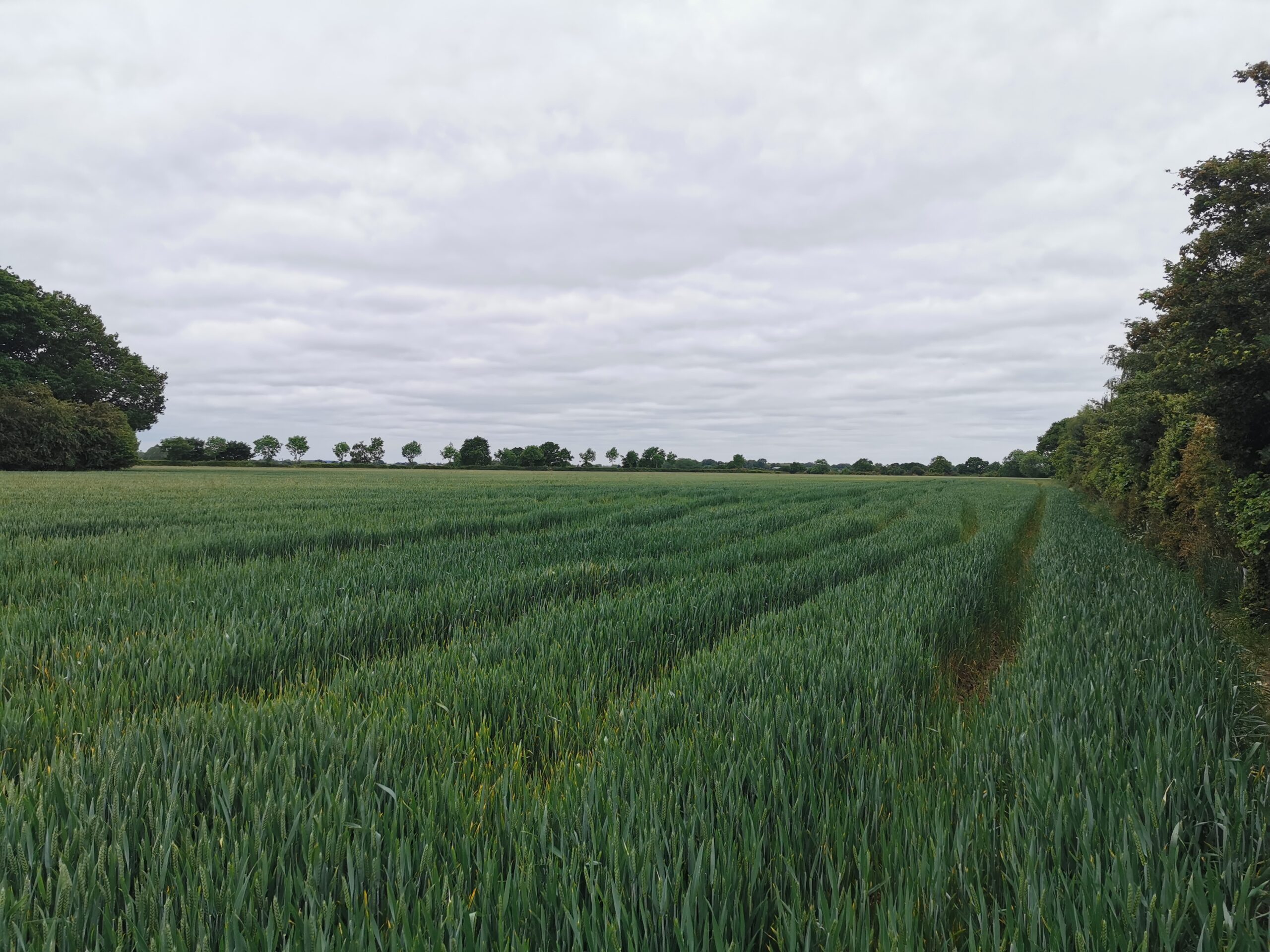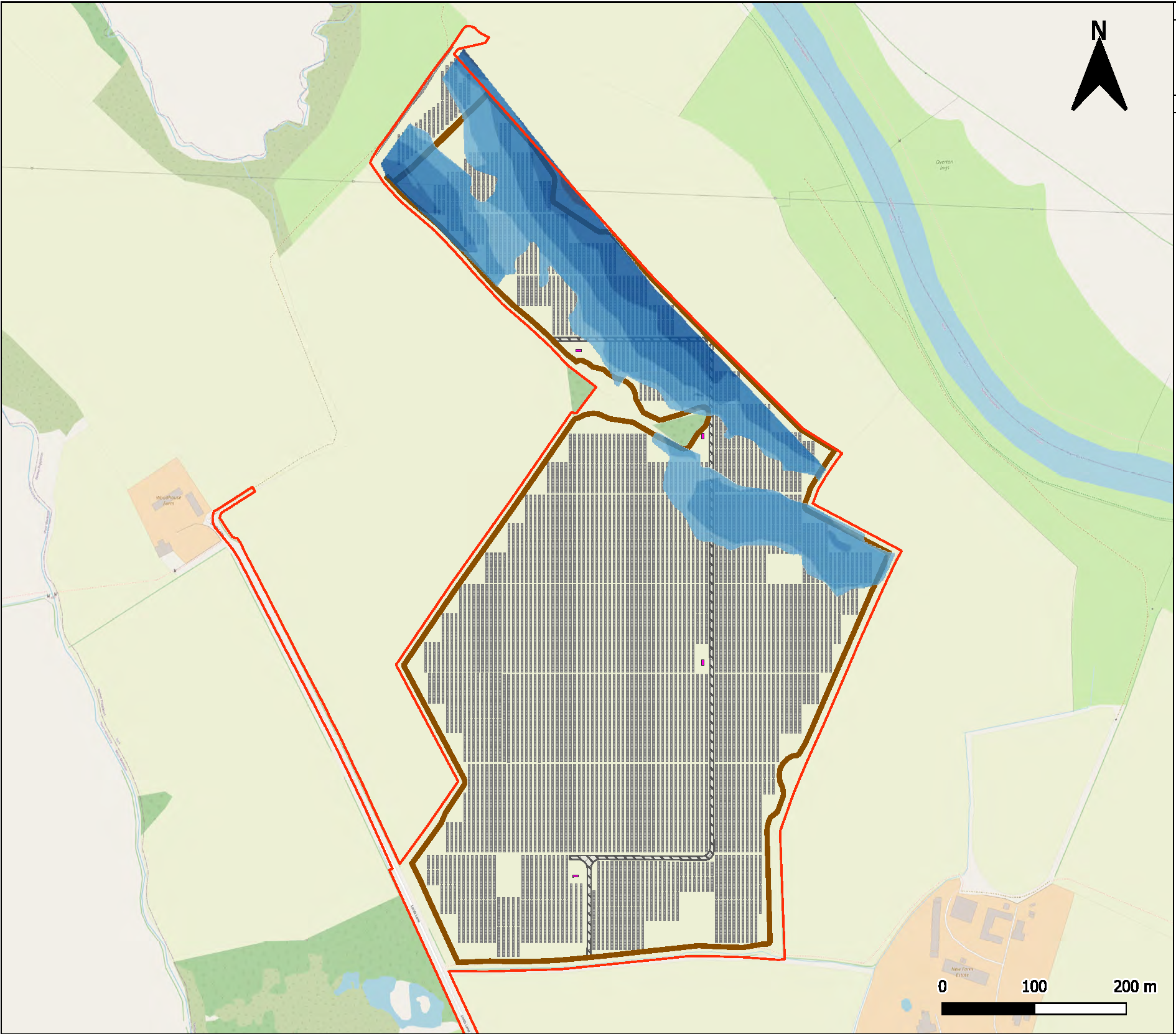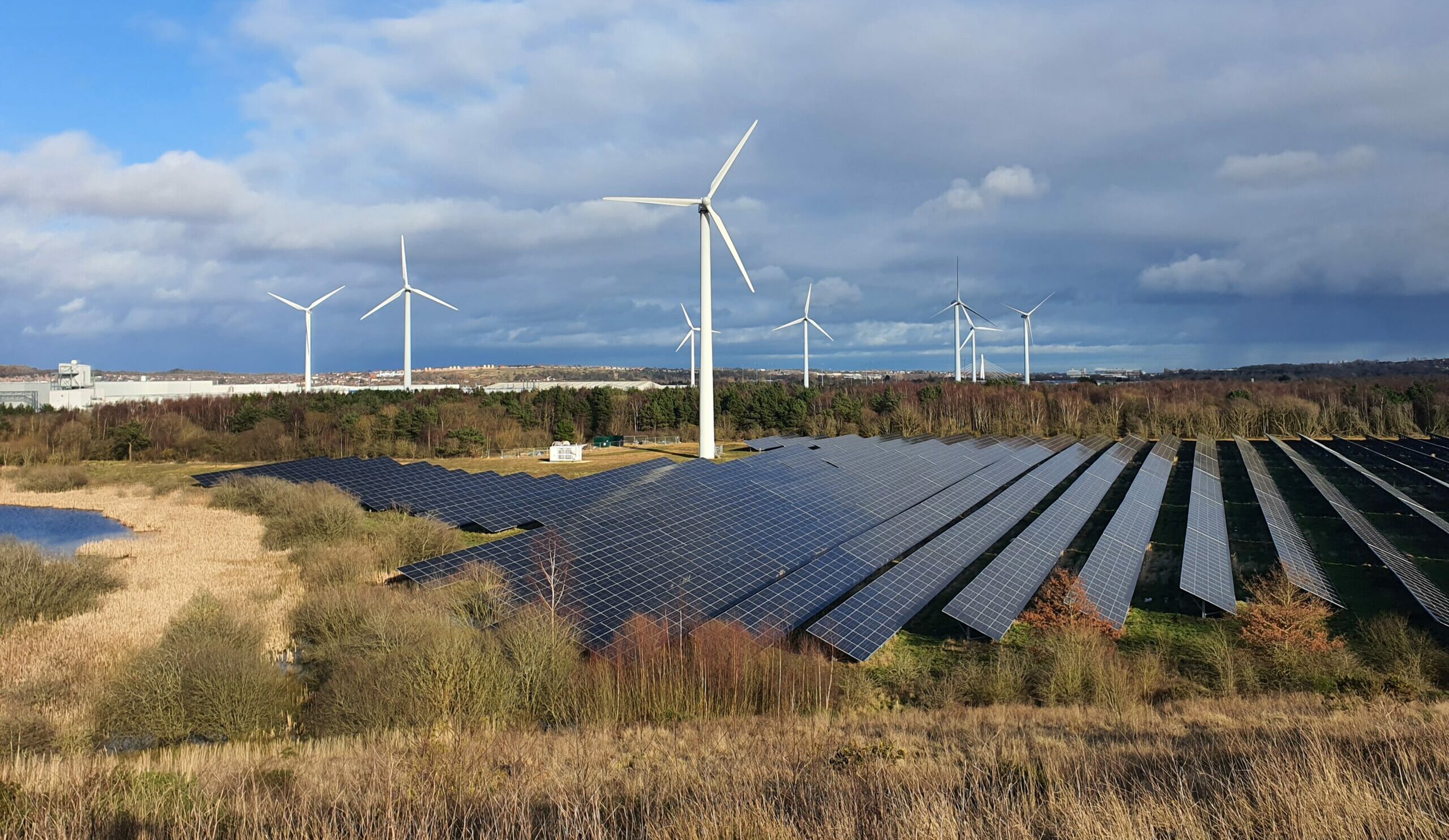
Poppleton Solar Farm – currently arable land, soon to support clean energy generation and improved biodiversity through wildflower meadow planting
Assessing Flood Risk and Site Conditions
Gondolin Land & Water recently completed a detailed Flood Risk and Drainage Assessment (FRDA) to support the planning application for Poppleton Solar, a proposed solar farm development near Nether Poppleton, North Yorkshire.
Our Flood Risk Assessment reviewed potential flood risks across the site and provided a sustainable drainage strategy to manage surface water runoff, and was carried out in line with national planning guidance. Our team undertook a full review of hydrological, geological, and planning policy context, and used the latest Environment Agency flood modelling data to inform the site layout and flood mitigation proposals.

100 year plus Climate Change flood depths
Although the site includes areas within Flood Zones 2, and 3a, we ensured that all flood-sensitive infrastructure will be either located outside high-risk zones or designed to remain operational during flood events. For example, all solar panels will be raised above the 1 in 100-year plus climate change flood level of approximately 12.5m AOD and all ground based electrical components (such as invertors stations) will be located outside of the design flood extents. Only short sections of maintenance tracks are located within the higher-risk areas, with the most of the development designed to avoid them entirely.
Importantly, the development will result in the cessation of intensive agriculture across the site, replaced by wildflower meadows and managed grassland. This change in land use is expected to reduce runoff rates and soil erosion—providing clear hydrological betterment compared to the pre-development condition. In fact, our analysis shows a reduction in peak runoff of around 260 litres per second across the full 53-hectare site.
Effective Drainage and Flood Mitigation
A robust surface water management strategy has also been designed, including permeable access tracks, gravel-filled trenches around inverter stations, and vegetated swales with intermittent check dams to slow and disperse flows. For the proposed substation, a formal SuDS basin has been included with attenuation capacity for up to the 1 in 100-year storm event, plus 45% climate change allowance. The design keeps discharge rates low and meets the relevant regulatory standards, while also offering water quality treatment through the use of filter drains and natural features.
In short, we’re pleased to report that flood risk to and from the site is considered low, and that the development meets all relevant planning and environmental requirements. With improved land management, flood mitigation built into the design, and a comprehensive drainage strategy, the Poppleton Solar Farm is set to deliver environmental gain alongside renewable energy generation.
Learn more about our Flood Risk Assessments and how we support planning applications across the UK.

